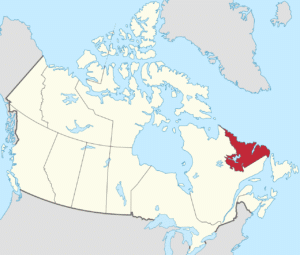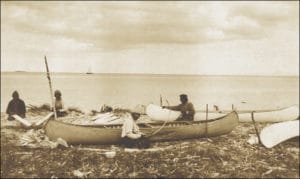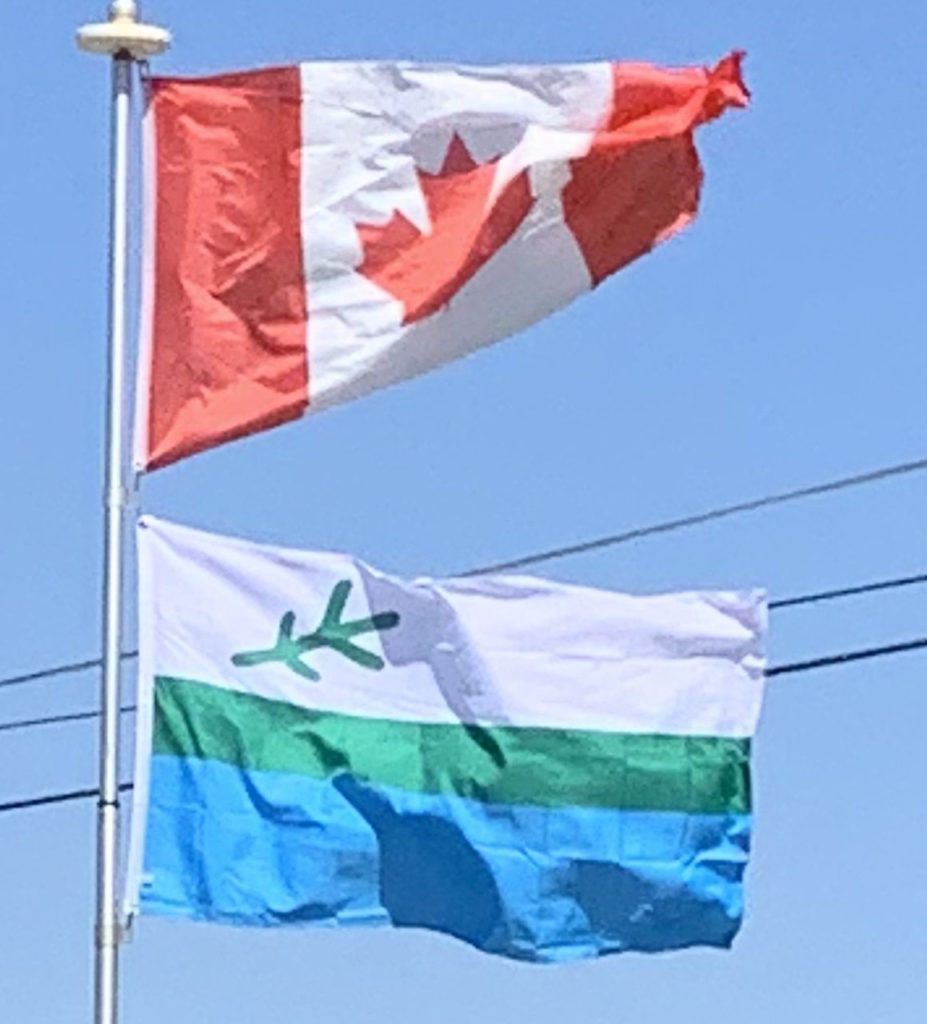While Labrador is a component territory of the already discussed province of Newfoundland and Labrador, most of the information in that article pertains more directly to the island of Newfoundland. This extra article will aim to provide more distinct information about the mainland portion of the province.
Introduction:
Labrador is a geographic and cultural region within the Canadian province of Newfoundland and Labrador. It is the continental portion of the province and constitutes 71% of the province’s area but is home to only 6% of the province’s population. It is separated from the island of Newfoundland by the Strait of Belle Isle. It is the largest and northernmost geographical region in Atlantic Canada.

Labrador occupies most of the eastern part of the Labrador Peninsula. It is bordered to the west and the south by the Canadian province of Quebec. Labrador also shares a small land border with the Canadian territory of Nunavut on Killiniq Island.
The aboriginal peoples of Labrador include the Northern Inuit of Nunatsiavut, the Southern Inuit–Métis of Nunatukavut (NunatuKavut), and the Innu. Many of the non-aboriginal population in Labrador did not permanently settle in Labrador until the natural resource developments of the 1940s and 1950s. Before the 1950s, few non-aboriginal people lived in Labrador year-round. The few European immigrants who worked seasonally for foreign merchants and brought their families were known as settlers.
Etymology:
Labrador is named after João Fernandes Lavrador, a Portuguese explorer who sailed along the coasts of the Peninsula in 1498–99. Lavrador in Portuguese means “farmer”, as does its Spanish equivalent labrador.
History:
Early History:
Early settlement in Labrador was tied to the sea as demonstrated by the Montagnais (or Innu) and Inuit, although these peoples also made significant forays throughout the interior.

It is believed that the Norsemen were the first Europeans to sight Labrador around 1000 AD, but no Norse remains have been found on the North American mainland. The area was known as Markland in Greenlandic Norse and its inhabitants were known as skrælingjar.
In 1499 and 1500, Portuguese explorers João Fernandes Lavrador and Pêro de Barcelos reached what was probably Labrador today and that is believed to be the origin of the name Labrador. Maggiolo’s World Map, 1511, shows a solid Eurasian continent running from Scandinavia around the North Pole, including Asia’s arctic coast, to Newfoundland-Labrador and Greenland. On the extreme northeast promontory of North America, Maggiolo place-names include Terra de los Ingres (Land of the English), and Terra de Lavorador de rey de portugall (Land of Lavrador of the King of Portugal). Further south, we notice Terra de corte real e de rey de portugall (Land of “Corte-Real” and of the King of Portugal) and terra de pescaria (Land for Fishing). In the 1532 Wolfenbüttel map, believed to be the work of Diogo Ribeiro, along the coast of Greenland, the following legend was added: As he who first sighted it was a farmer from the Azores Islands, this name remains attached to that country. This is believed to be João Fernandes. For the first seven decades or so of the sixteenth century, the name Labrador was sometimes also applied to what we know as Greenland. Labrador (“lavrador” in Portuguese) means husbandman or farmer of a tract of land (from “labor” in Latin) —the land of the laborer. European settlement was largely concentrated in coastal communities, particularly those south of St. Lewis and Cape Charles, and are among Canada’s oldest European settlements.
